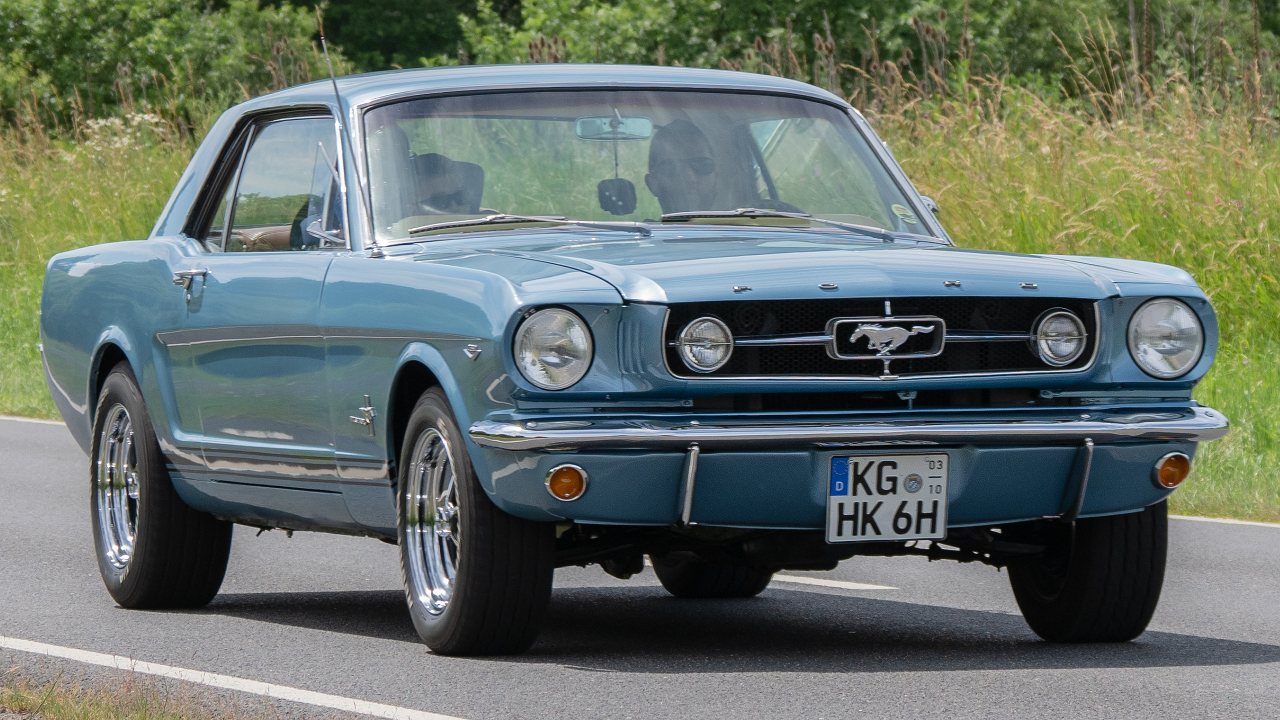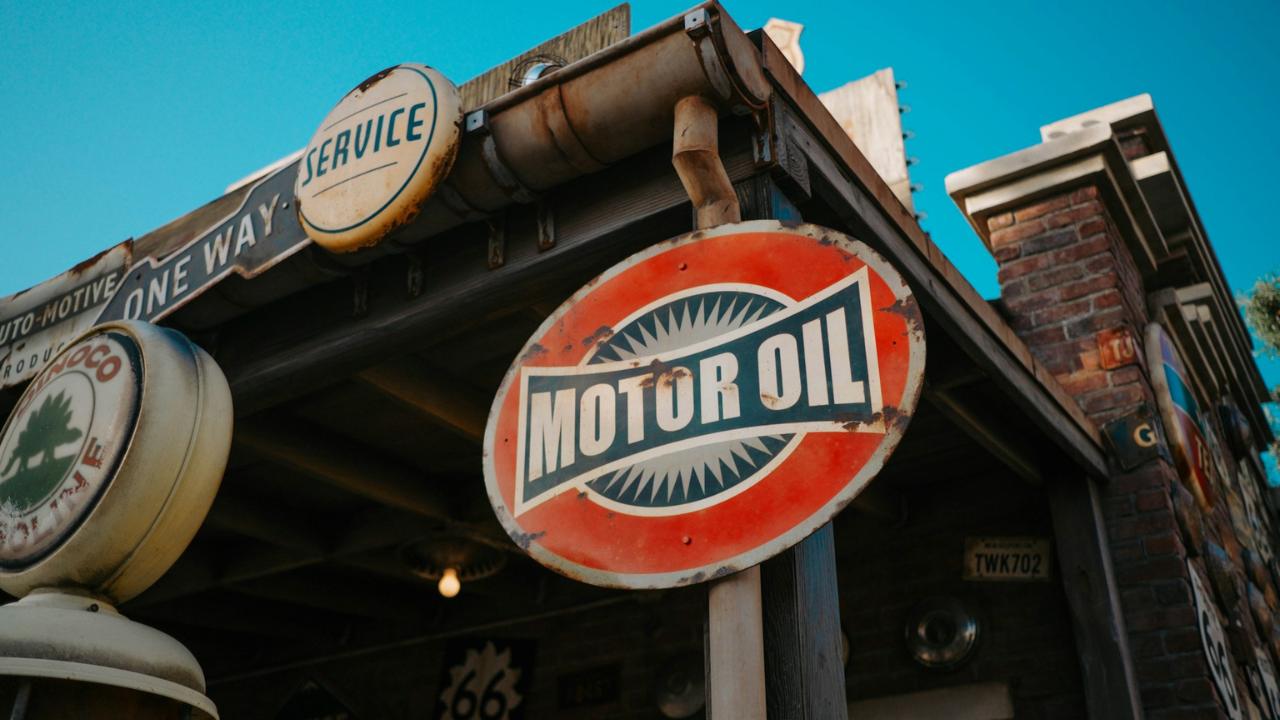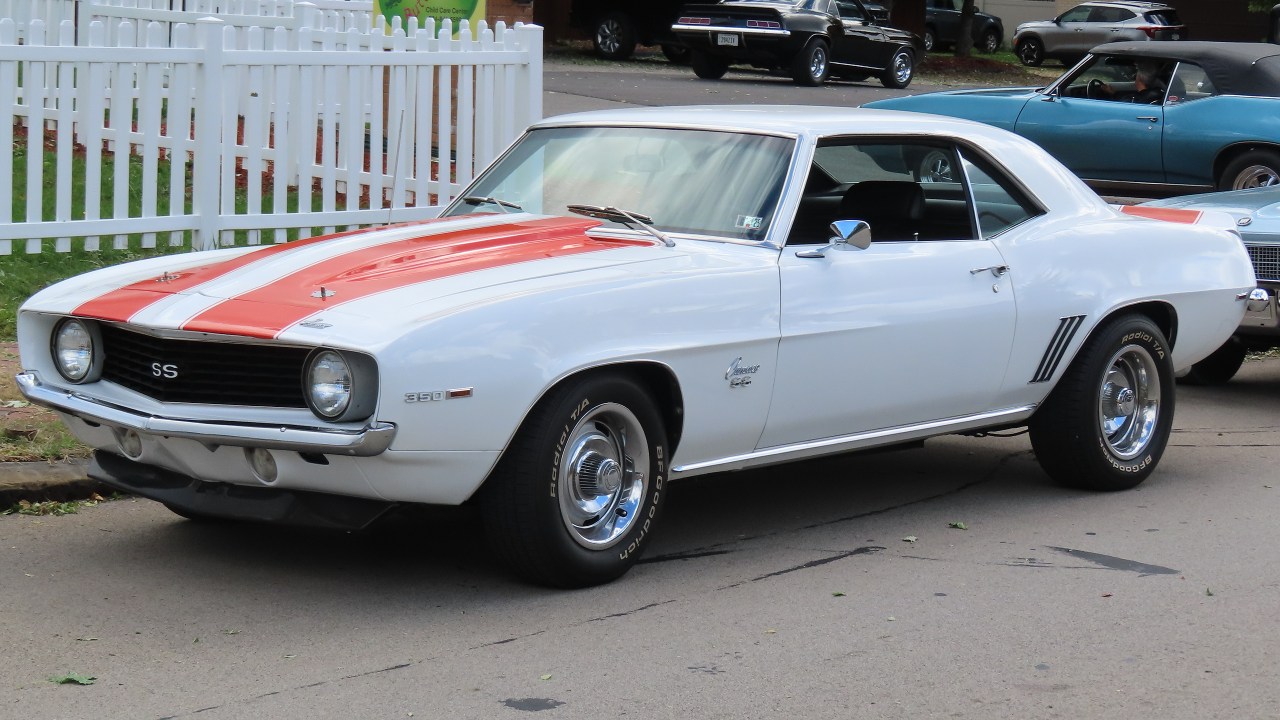The 1970s are often remembered as the beginning of the end for muscle cars—but that’s only part of the story. Yes, emissions regulations, insurance hikes, and the gas crisis forced manufacturers to pull back on horsepower. But this decade didn’t kill the muscle car. It reshaped it. What emerged was a transition period full of underrated designs, clever engineering, and cultural staying power.
This article looks at why the ’70s still matter in the muscle car world. From factory big-block beasts to stripped-down street fighters and surprisingly smart packages, the era left a lasting mark that’s still felt today.
The Rise of Big-Block Power

The early ’70s were the last gasp for factory big-block muscle, and the numbers were wild. Think 454s, 440s, and 429s all pushing 400+ horsepower straight from the showroom. These weren’t just high-displacement engines—they were symbols of factory-backed performance taken to the edge.
Cars like the 1970 LS6 Chevelle or the Plymouth GTX 440 Six Pack weren’t subtle. They were built for straight-line speed, and they delivered. That power came with weight and complexity, but there’s no denying the street presence or quarter-mile pull of these big-inch brutes.
Insurance and Emissions Killed the Party

1971 marked the beginning of the end. Insurance premiums for performance cars skyrocketed, and the government clamped down with new emissions regulations. Suddenly, compression ratios dropped and horsepower ratings were published in net figures instead of gross.
That shift explains why a 1971 Hemi ‘Cuda looked the part but felt tamer than its 1970 counterpart. Still, these changes pushed manufacturers to get smarter with tuning and packaging, which indirectly helped shape the more efficient performance cars that came later.
The 1970s Gave Us the Best-Looking Muscle

For many, the early ’70s delivered the cleanest muscle car styling ever produced. The 1970 Dodge Challenger, 1970-71 Torino GT, and 1970 Camaro Z/28 all had visual presence without excess. These cars were aggressive without cartoonish proportions.
Styling cues like hidden headlights, shaker hoods, and wraparound bumpers weren’t gimmicks—they were part of a cohesive design language that still holds up. Even today, restoration shops and custom builders return to these shapes as a foundation.
Pontiac Held the Line Longer Than Most

While other brands backed off, Pontiac kept swinging. In 1973, the Firebird Trans Am still offered a 455 Super Duty with real performance. Despite tightening regulations, Pontiac engineers managed to coax out serious low-end torque and decent top-end pull.
Only 252 of the ’73 SD-455s were made, making them among the rarest and most respected muscle cars of the decade. Pontiac’s refusal to quit on performance during the early malaise years gave the muscle car era a few extra miles.
Factory Packages Got Smarter

As the decade wore on, raw horsepower took a backseat to factory-tuned handling packages. Think of the W30 Olds 442 or Buick’s GSX Stage 1. These weren’t just about speed in a straight line—they came with better suspension tuning, stronger drivetrains, and more complete performance setups.
GM, in particular, began experimenting with balanced packages that made muscle cars more livable and road-friendly. While the brute power was dialed back, these changes laid the groundwork for how modern performance cars are engineered today.
Muscle Cars Became Cultural Icons

The 1970s were the last decade where muscle cars were everyday machines. You could pick one up at the local dealer, finance it like a family sedan, and still get something capable of dominating a streetlight drag.
Movies like Vanishing Point (1971) and Two-Lane Blacktop (1971) locked these machines into pop culture. Muscle cars weren’t just transportation—they were part of the counterculture and personal expression, something that still fuels nostalgia and collector demand today.
Insurance Dodgers and Stripped Specials

By 1972, younger buyers started looking for ways around the insurance hikes, and some manufacturers played along. Cars like the 1972 Plymouth Road Runner could be ordered with a 400 cubic-inch V8 and minimal frills—enough performance without the “high-risk” label.
These stripped-down models were lighter and cheaper but still quick. They didn’t have the presence of earlier big-block cars, but they were real muscle in an era of growing restrictions. Today, they’re often overlooked, which makes them appealing to collectors.
Small Blocks Started Taking Over

As emissions rules tightened and fuel prices spiked, the era of the small-block muscle car began. Engines like the 350 in the Z/28 or the Mopar 360 showed that you didn’t need massive cubes to have a responsive, fun-to-drive car.
While these engines weren’t making 450 horsepower, they were better matched to the changing times. Their lighter weight helped handling, and their tuning flexibility made them ideal platforms for modification—even today.
The Aftermarket Stepped In

When the factories started cutting power, the aftermarket filled the gap. From cams to headers to full induction setups, companies like Edelbrock, Holley, and Hurst helped keep the muscle car era going—on weekends and under the hood.
Many 1970s muscle cars became platforms for homegrown performance. These weren’t trailer queens—they were garage-built hot rods that could still get it done at the track. That spirit of tuning and personalization never really went away.
Values Are Climbing Again

For a while, 1970s muscle cars lagged behind their ’60s counterparts in collector value. But times have changed. Low-production variants, factory performance packages, and survivor cars from the ’70s are now pulling serious money at auctions.
Part of that is nostalgia from Gen X and Millennials, but it’s also the realization that these cars marked the end of an era. They still had real engines, real sound, and real character—something that’s increasingly hard to find.
Like Fast Lane Only’s content? Be sure to follow us.
Here’s more from us:







Leave a Reply